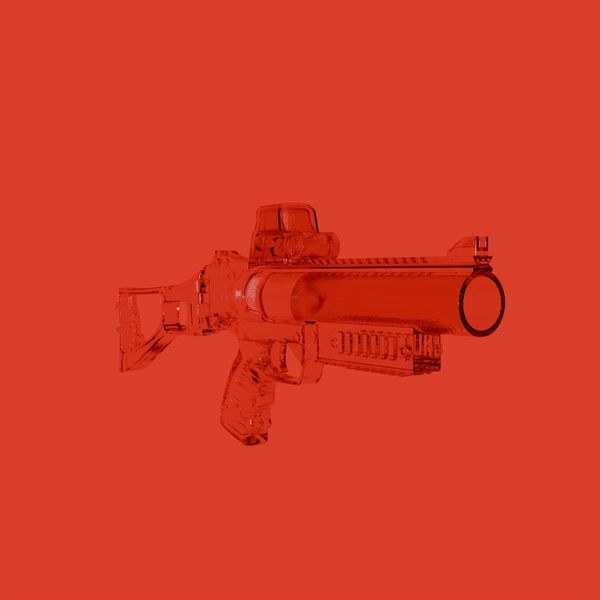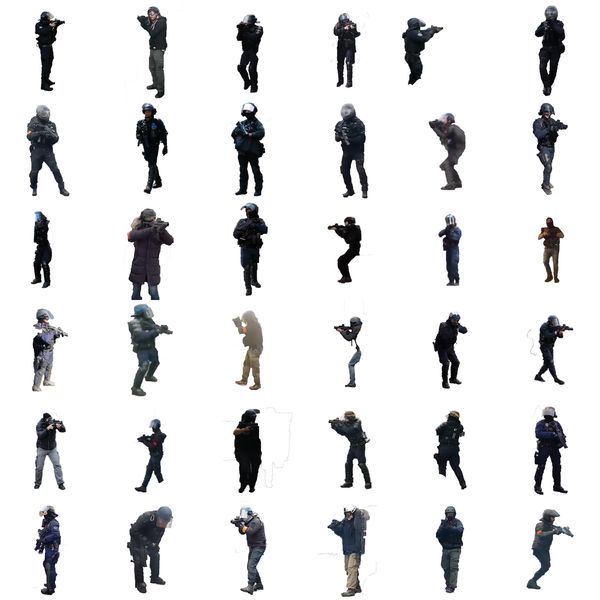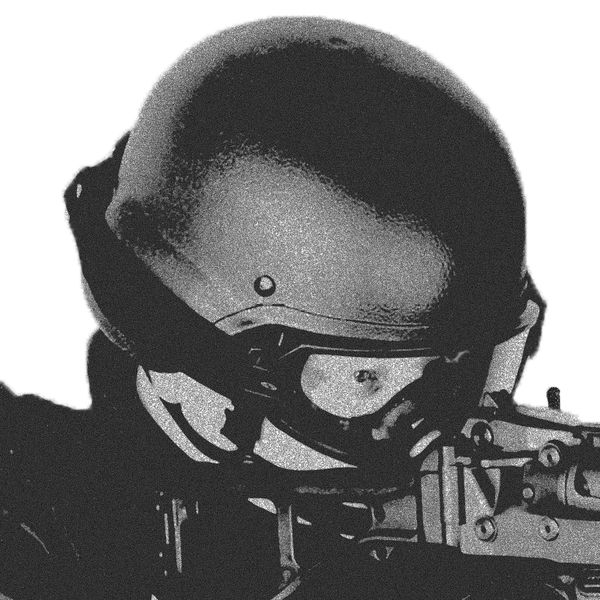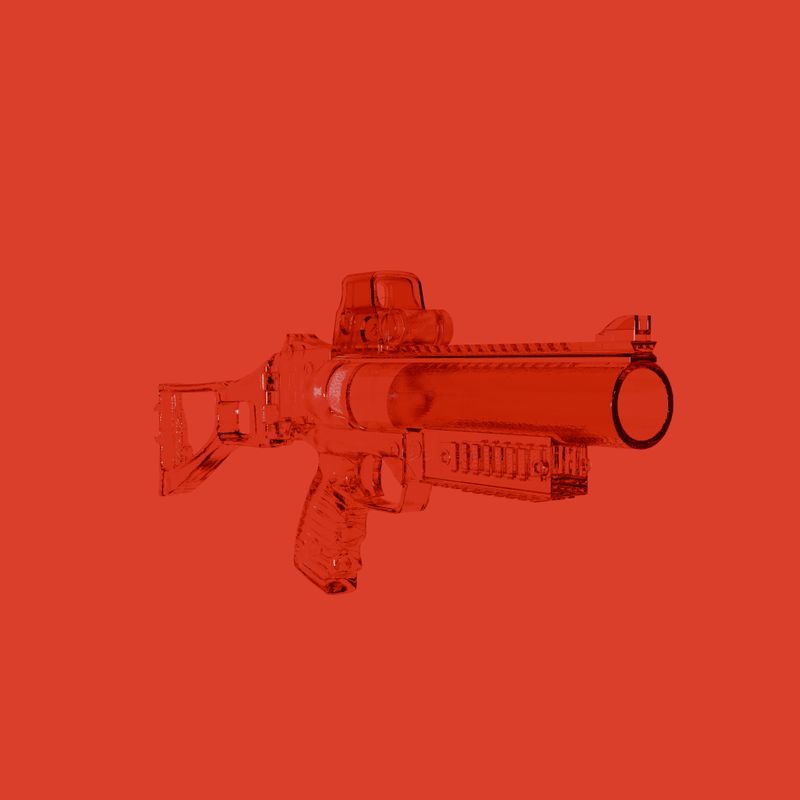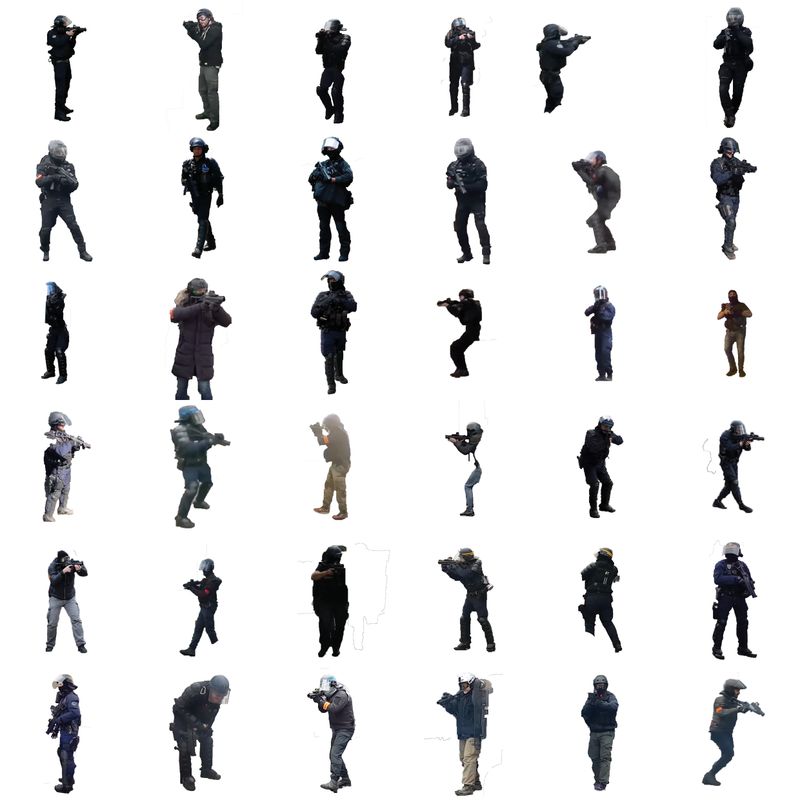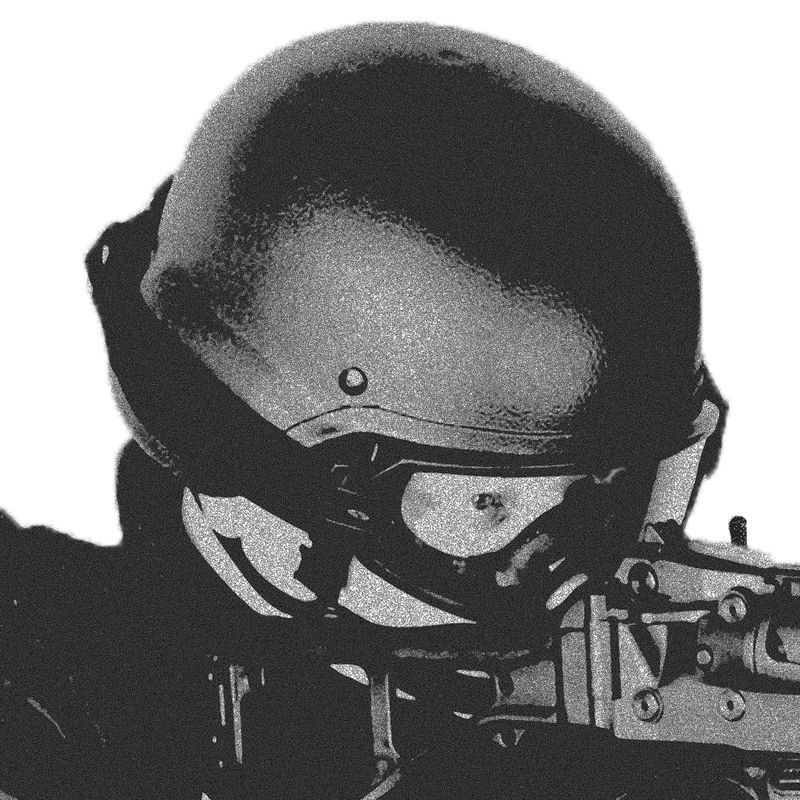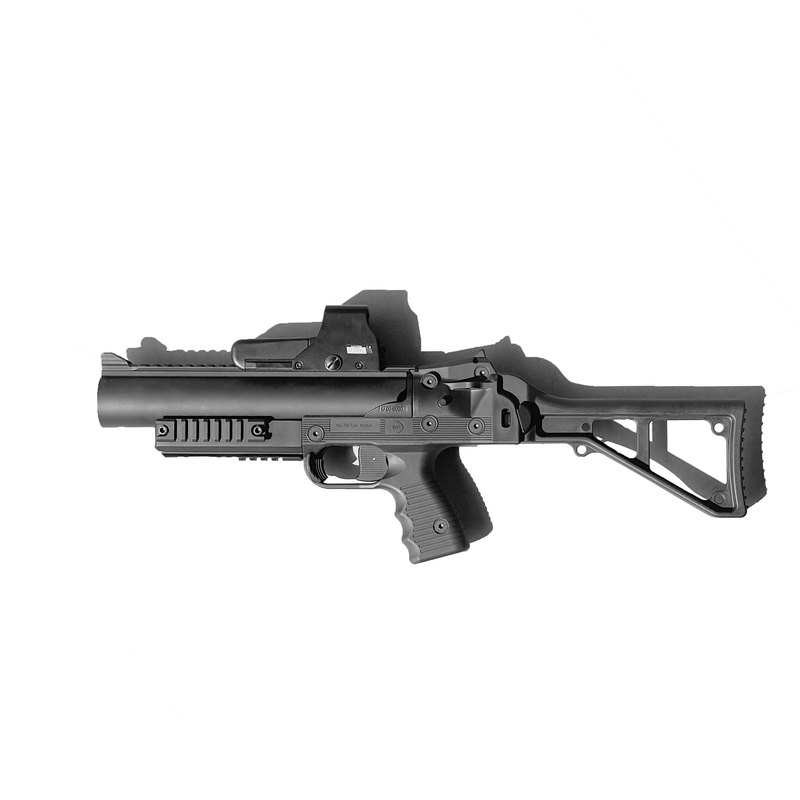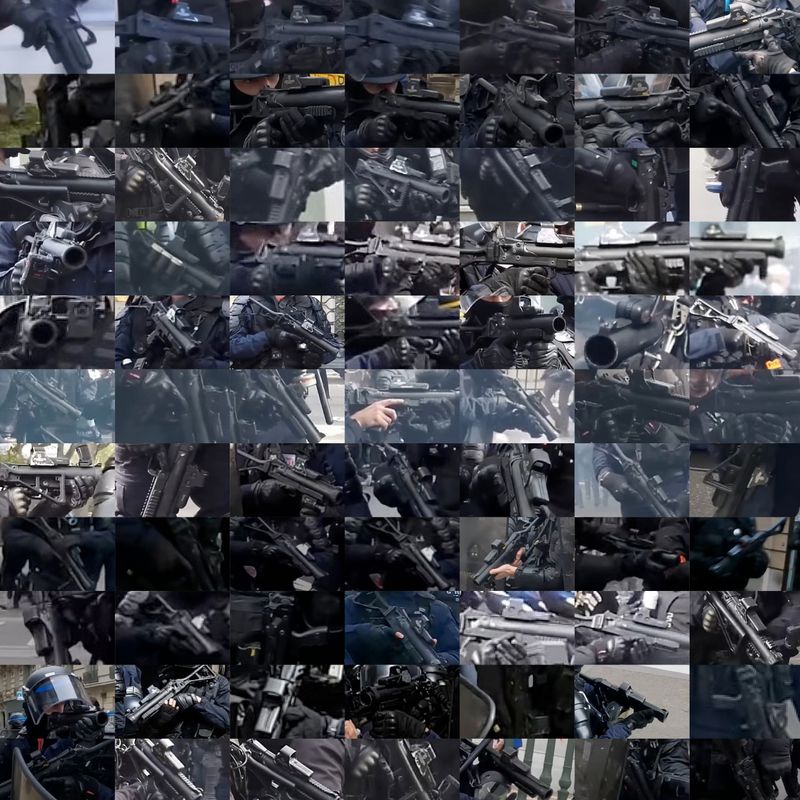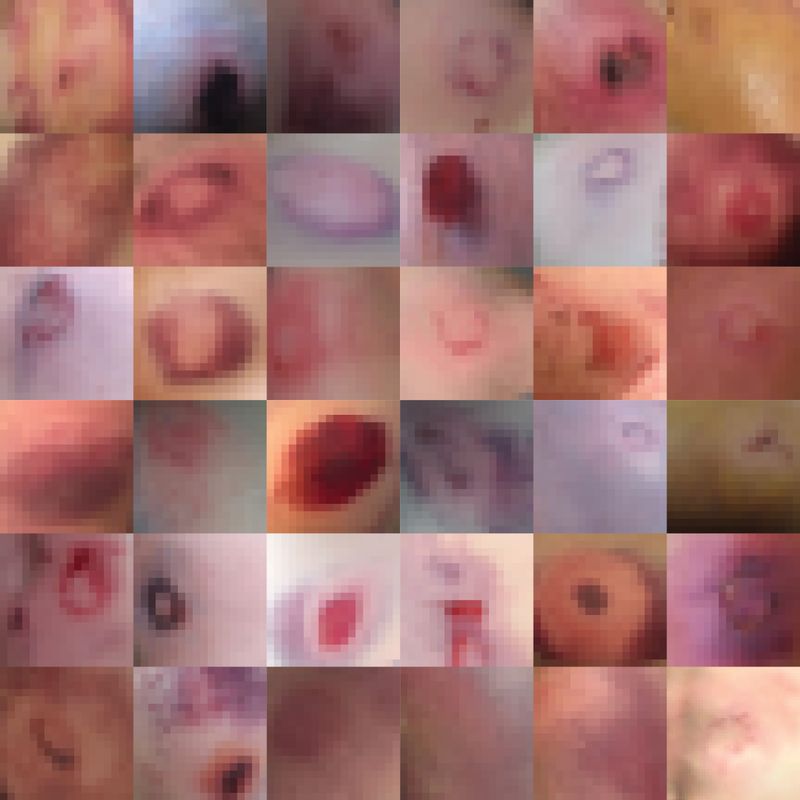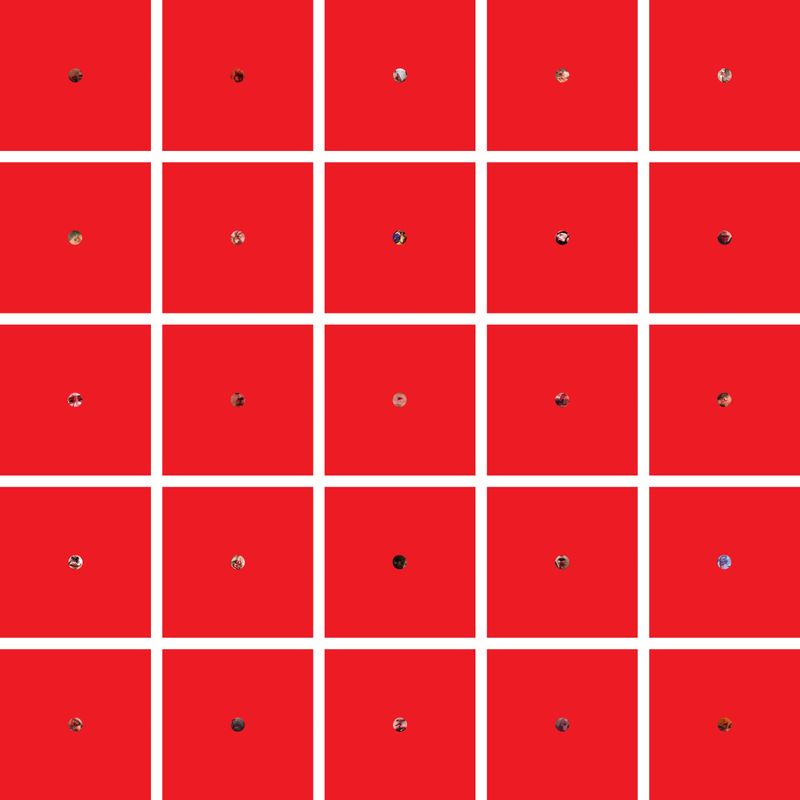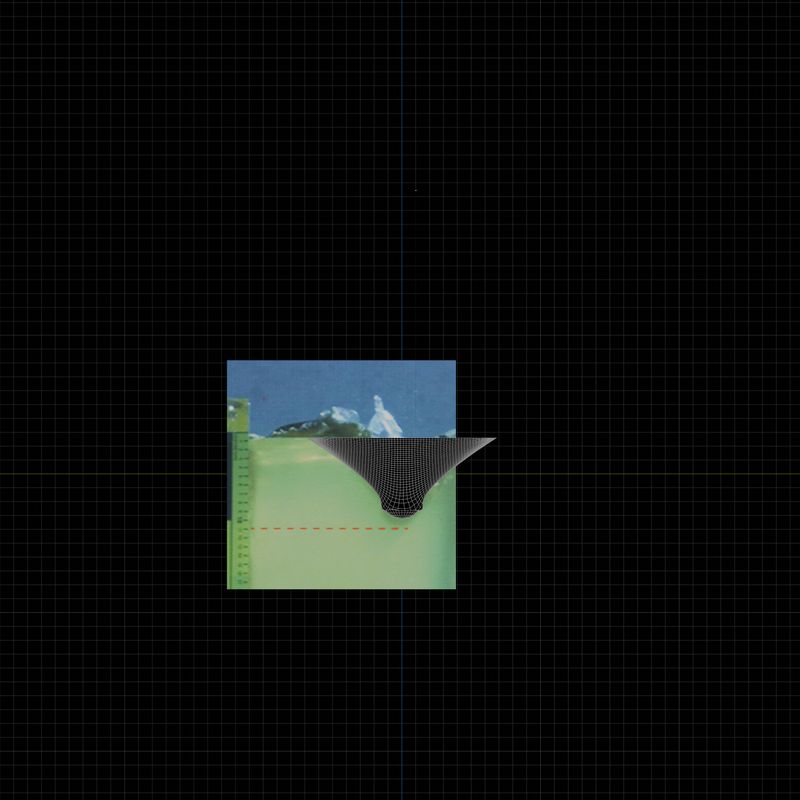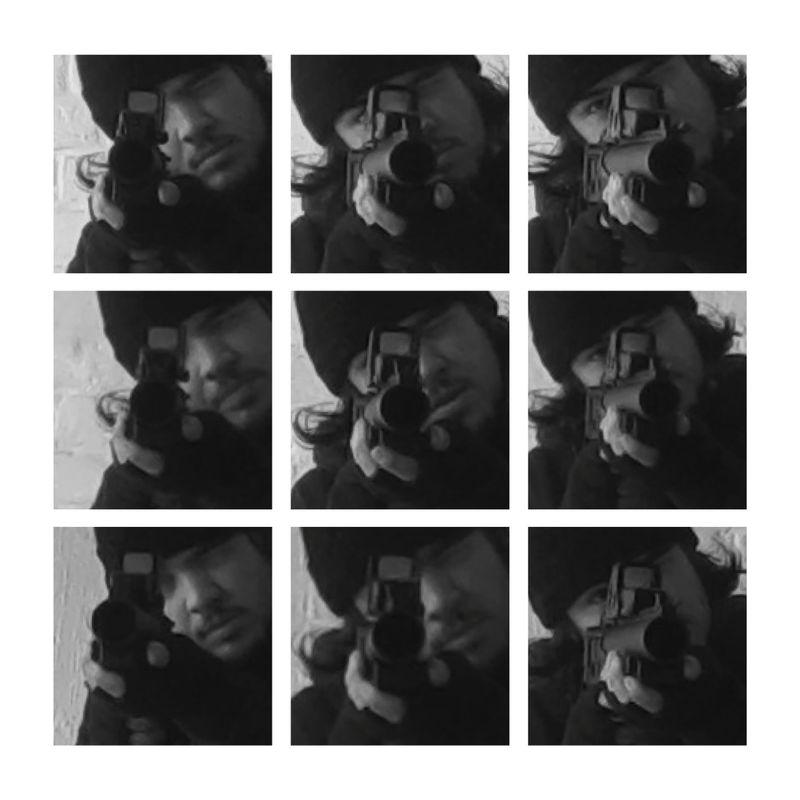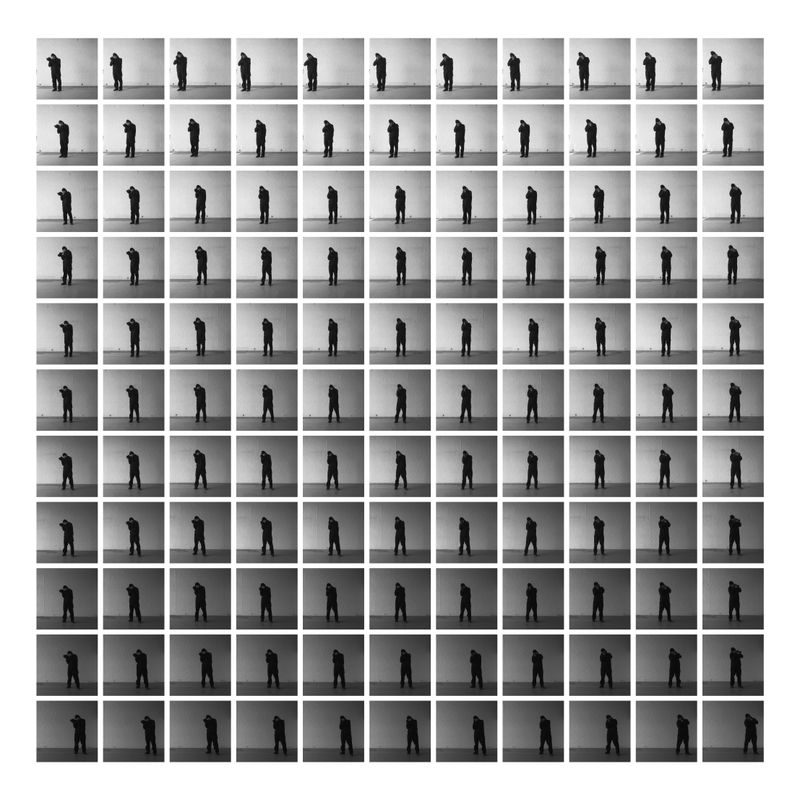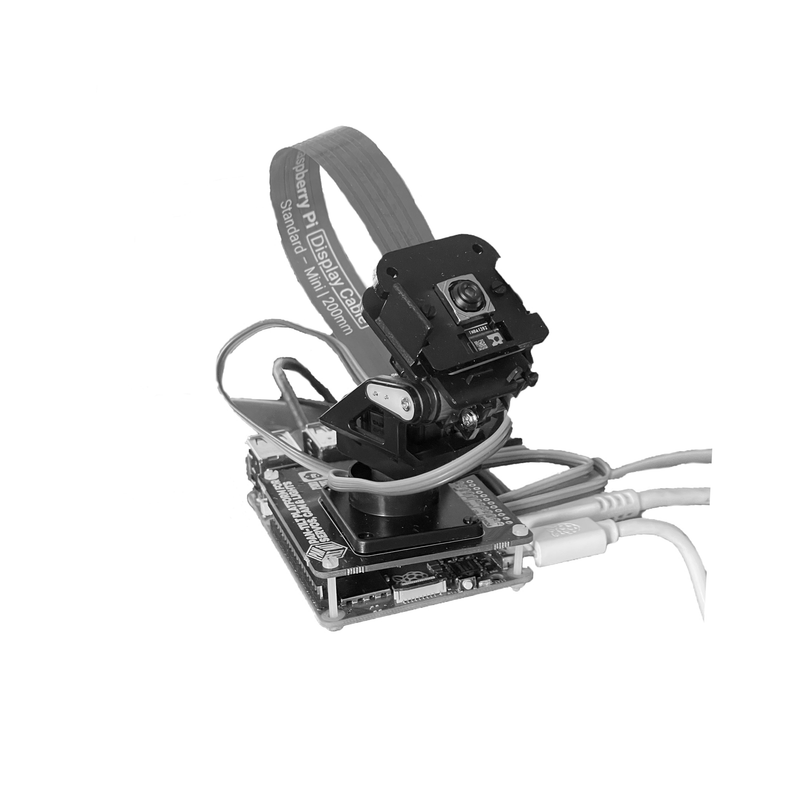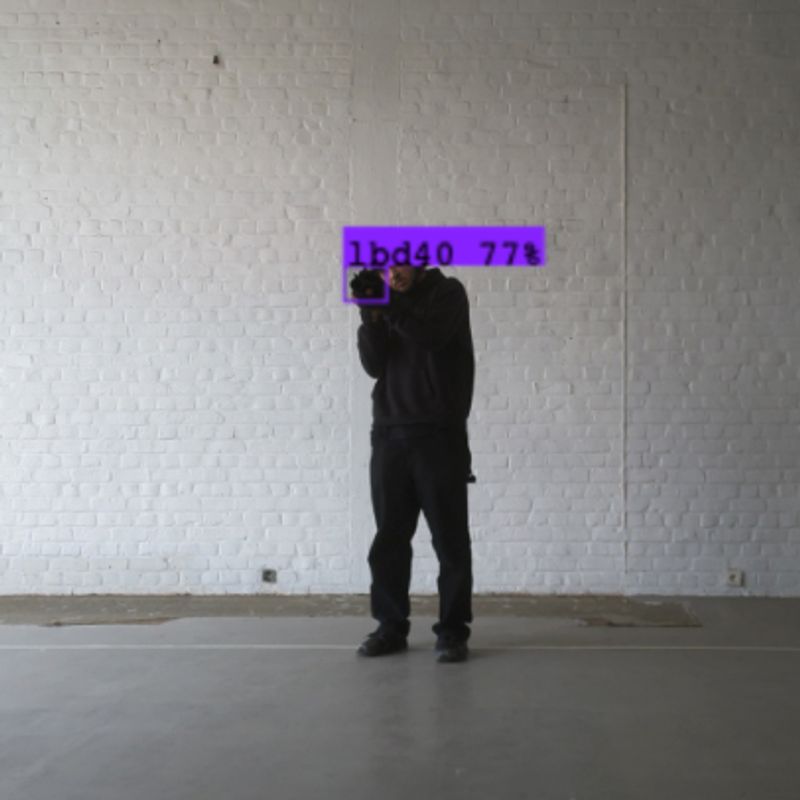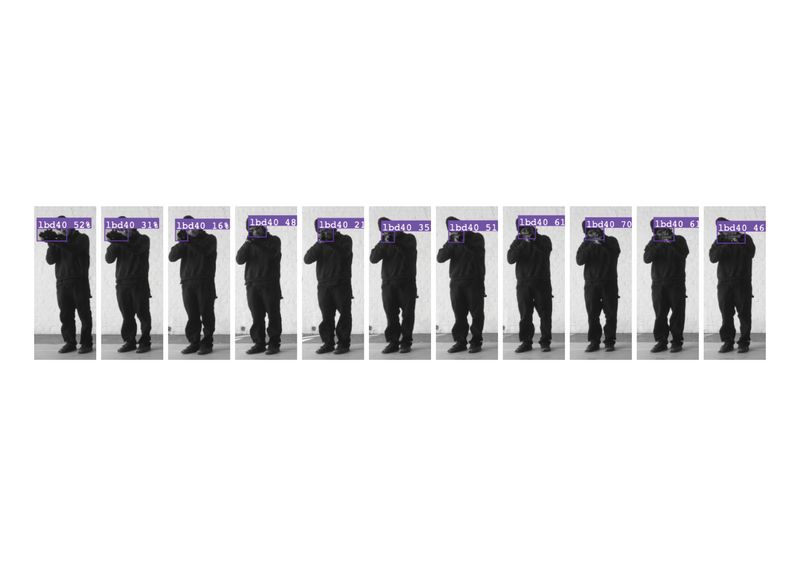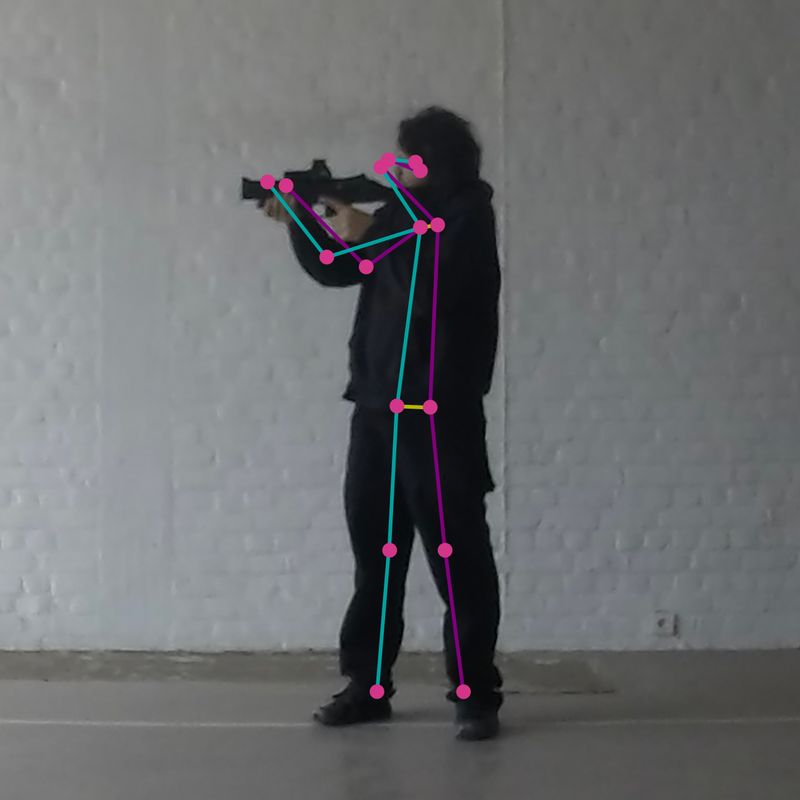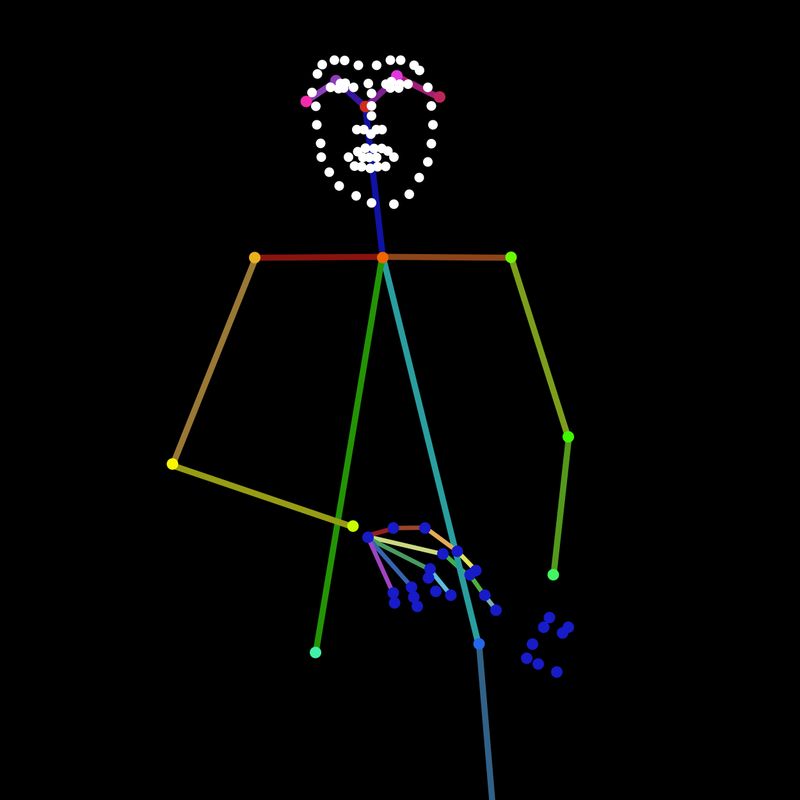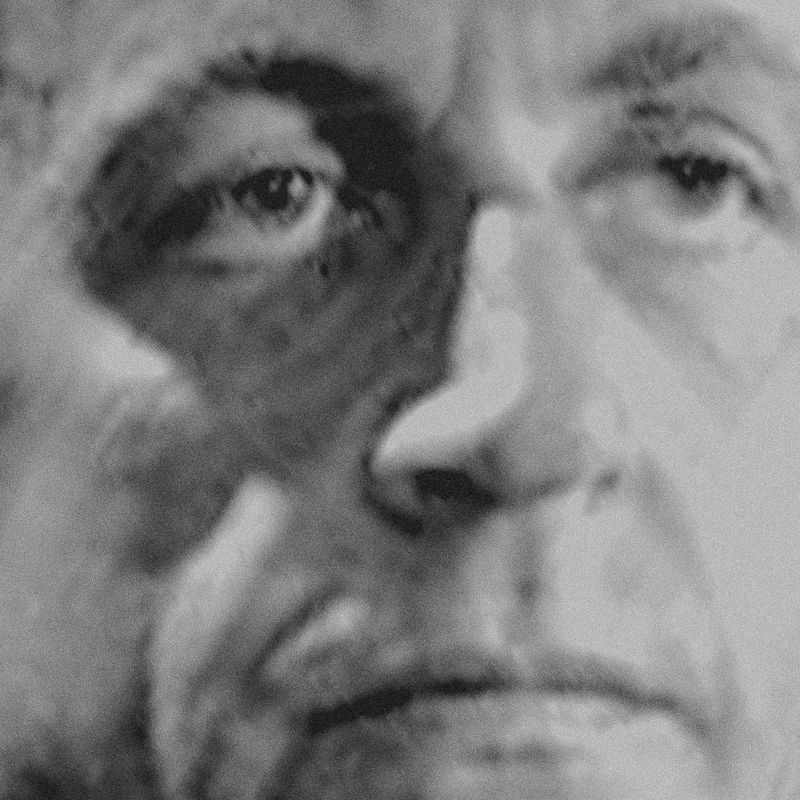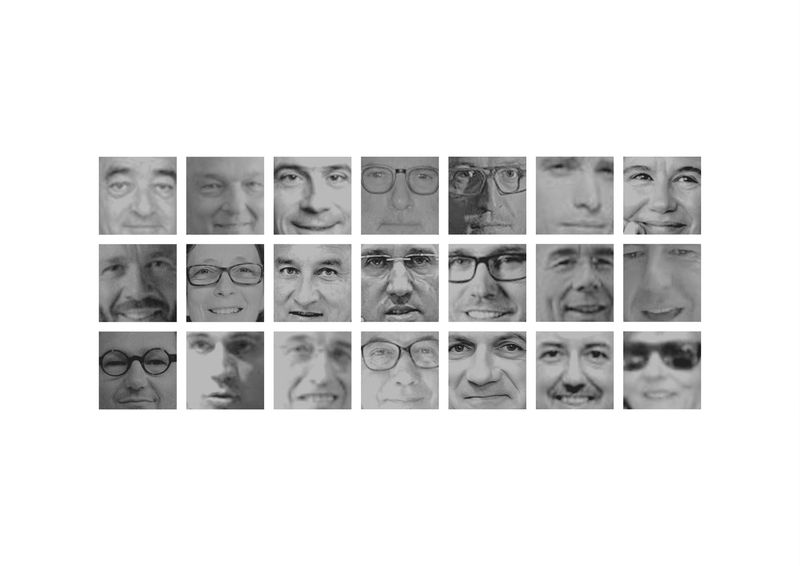Three out of Five
-
Dates2024 - Ongoing
-
Author
- Location France, France
In Three out of Five, Top uses accessible technologies to create an algorithmic system designed to counter potentially lethal LBD40 gun shots during protests in France, while investigating the private weapon manufacturers supplying the French police.
The LBD40 (lanceur de balle de défense), also known as the flash-ball, is a weapon classified as non-lethal and is used by the French police to contain protests. It fires 40mm-wide bullets, made of either rubber or foam, at speeds of up to 250 km/h.
The use of this weapon, operated by the French police since the early 2000s, became increasingly normalised under the presidential direction of Sarkozy. From 2018, particularly during the Yellow Vests protests, its deployment saw an exponential increase.
Until 2023, French police were legally required to maintain a firing distance of 10 to 15 metres from the target. This distance was then reduced to just 5 metres. Already before this legislative change, between November 2018 and April 2019, 23 people lost an eye due to the police misuse of the weapon. Although aiming for the head is prohibited, officers are rarely held accountable when they do so.
When France’s human rights chief called for the weapon’s use to be halted, the government insisted that the LBD is deployed only under very strict conditions (1).
This is not true.
The official test officers must pass to carry and use the LBD allows a 3 out of 5 bullet-hitting-target rate as a passing score. This suggests that the widespread arming of officers with this weapon is prioritised over the safety of French citizen.
In Three out of Five, Marcel Top uses accessible technology and tools to create an algorithmic system designed to counter potentially lethal LBD40 shots, while investigating the companies supplying these weapons and ammunitions to the French police (B&T, Verney-Caroon).
Top used self-portraits of himself aiming the LBD at various angles and lighting conditions to train an object detection algorithm. This system, optimised to recognise a person holding the gun from a distance of approximately 8 metres, can be used on a Raspberry Pi (computer platform) equipped with a camera and a robotic arm. When the algorithm detects the LBD, it directs the robotic arm to track the person holding it.
The robotic arm can, in turn, be equipped with a laser able to counter LBD shots during protests. By automating the process of filming and neutralising high-risk LBD shots, the project seeks a practical defence solution to injuries caused by weapon misuse.
In some of the images, Top uses a circle matching the diameter of an LBD40 bullet to highlight the actual damage these weapons can inflict. Real protester’s wounds are visible through these circles, criticising police violence and governmental negligence around the issue.
By altering official promotional imagery of the LBD40, Top also explores power dynamics between the French government, its police force, and the private companies supplying them with weapons. In one image, a helmeted officer is seen operating the gun. While the context suggests a human presence, the figure takes on animal-like features. The subtle nod to Orwell’s pigs and abuse of power reinforces Three out of Five as a critical investigation into vicious circles of dehumanisation between French citizens, police, and government.
With this project, Top continues to explore how learning about available tools and technologies can help ensure police accountability and protect protesters. The project includes a manual explaining how these tools can be made open source, ensuring accessibility for all.
